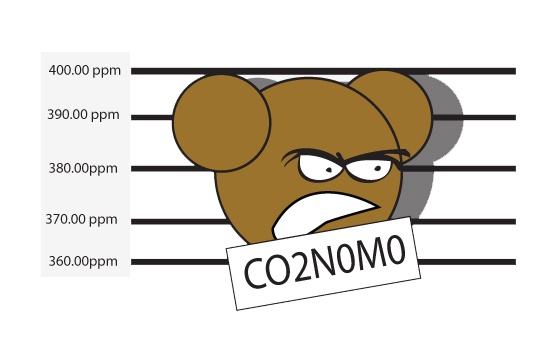
- Wood mills utilize bark & wood residuals as a source of energy required to run their operations. These biomass fuels reduce dependence on fossil fuels and purchased electricity, thereby reducing mills greenhouse gas emissions.
- A tree's ability to absord CO2 tapers off, usually between 50 and 300 years depending on the species and growing conditions. If the forest is allowed to decay, the stored CO2 is released back into the atmosphere. If it’s harvested sustainably & manufactured into building products, the CO2 is stored in the products while the forest regenerates with young trees that absorb even more CO2-thus achieving a net reduction in global emissions.
- Active management, which involves thinning the forest and clearing debris, has a positive effect because it helps to reduce the number and intensity of wildfires, which emit huge quantities of CO2.
- Scrap recycling diverts 145,000,000 short tons of materials away from landfills, reducing greenhouse gas emissions and conserving energy & natural resources. Every ton of new steel made from scrap steel saves: 1,115 kg of iron ore, 625kg of coal, and 53kg of limestone.



